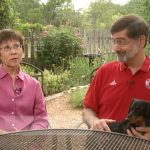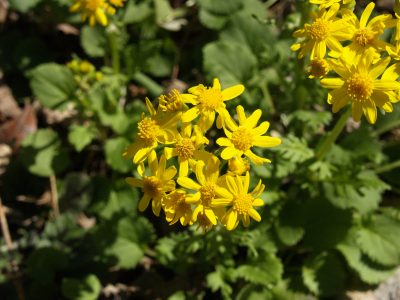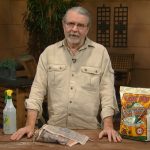How do seeds work? What makes them germinate?
Seeds are tiny packets of carbohydrates, plus a tiny future plant. The first thing that all seeds need in order to germinate is water. When water and oxygen are taken up, the plant embryo can begin respiration and can digest the carbohydrate food source packaged with it and then can begin to grow.
Some seeds are large, and should be planted deeply so that they have plenty of space to expand before they emerge from the soil, while other seeds are so tiny that they require light to germinate. If these seeds don’t sense light, they won’t germinate because they have virtually no stored carbohydrates, hence their tiny size, and so they must have the sun to begin immediate photosynthesis in order to grow.
Some seeds need warm temperatures to germinate. These are the warm season plants-tomatoes, peppers, eggplants, marigolds, and others.
Other seeds need cooler temperatures-lettuce, spinach, spring wildflowers, onion, etc. These temperature-sensitive seeds use temperatures to gauge the time of year, so that they can be sure that it’s the right time to grow.
If you’re not sure, look at the seed packet to see when planting time is right.
If you plant seeds at the wrong time, they are subject to rot or being eaten before they have a chance to germinate.
There are many seeds that patiently wait underground until the time is right to emerge. This includes wildflowers and WEEDS! That is why it is so important to mow down, or cut off annual weed seeds, or pull them the minute you see them!
For the seeds you do want, make sure you check the temperatures they need to germinate. If you plant them too early or too late, weather conditions will kill them before they grow. A seed has one chance to germinate and that’s it!
For seeds you want to keep and replant again: wait until the seed pods dry. Cut them off, clean their coats off, and let them dry. Then, store in a cool dry place until the next season.

 Gil Starkey
Gil Starkey Sean Watson
Sean Watson Daphne Richards
Daphne Richards
 John Dromgoole
John Dromgoole